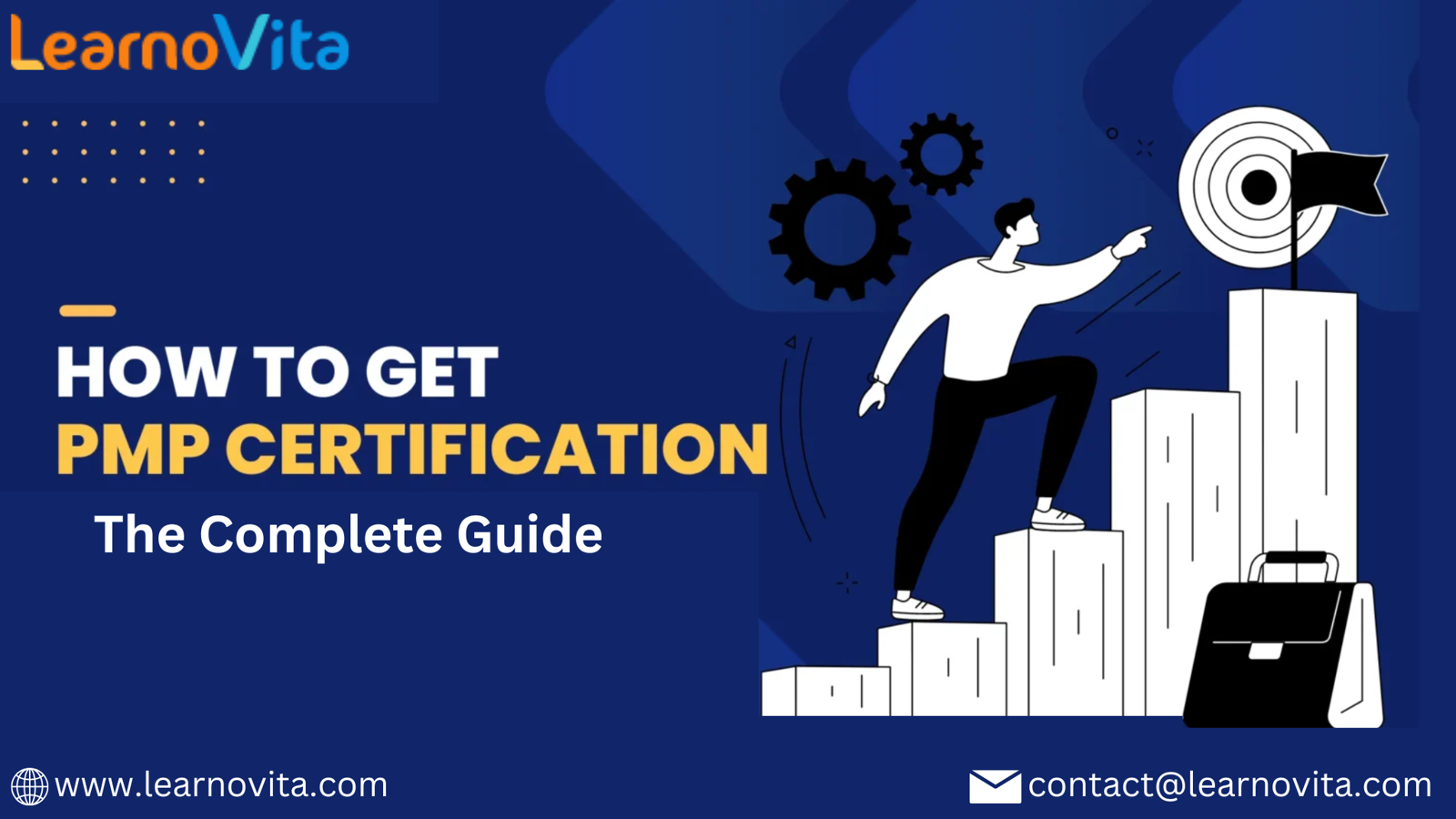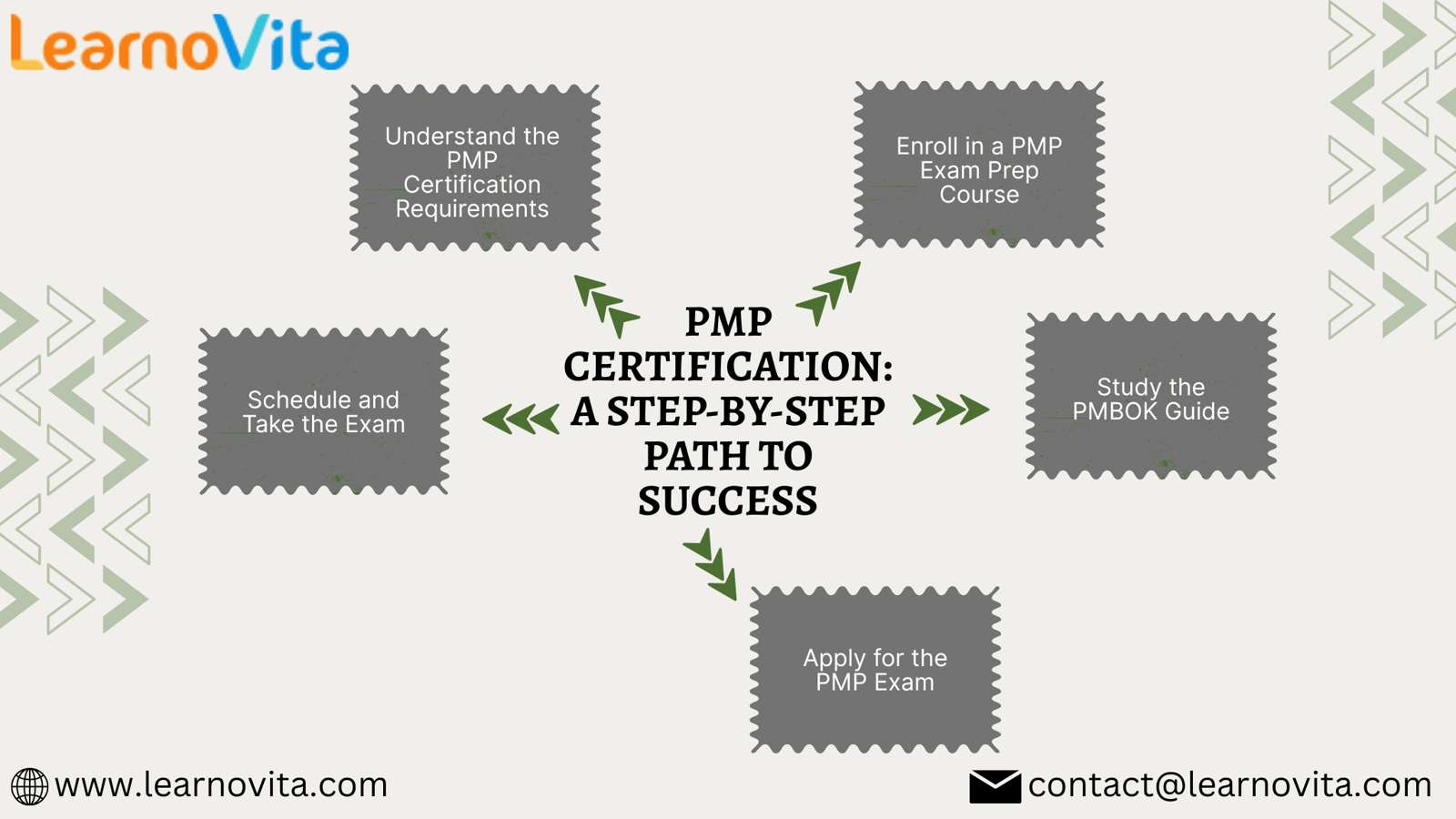What is PMP Certification? Navigating PMP Certification: Five Key Steps to Follow

What is PMP Certification?
PMP certification is a globally recognized credential offered by the Project Management Institute (PMI). It signifies that an individual possesses the skills and knowledge required to lead and direct projects effectively. The certification is based on the PMBOK Guide (Project Management Body of Knowledge), which encompasses the best practices and methodologies in project management. Earning the PMP certification can enhance your career opportunities, increase your earning potential, and establish your credibility in the field.
Navigating PMP Certification: Five Key Steps to Follow
Step 1: Verify Your Eligibility
The first step in your PMP journey is to confirm that you meet the eligibility requirements set by PMI. There are two paths based on your educational background:
- With a four-year degree: You need 36 months of project management experience, including 35 hours of project management education.
- Without a four-year degree: You must have 60 months of leading projects and 35 hours of project management education.
Make sure to assess your qualifications against these criteria before proceeding.
Step 2: Enroll in a Prep Course
A well-structured PMP exam prep course is invaluable for your success. Look for courses offered by PMI Registered Education Providers (REPs) or reputable institutions. These courses will help you understand the PMBOK Guide and prepare you for the exam format, covering essential concepts and exam strategies.
Step 3: Dive Deep into the PMBOK Guide

Step 4: Complete the Application Process
Once you feel prepared, it’s time to apply for the PMP exam. Create an account on the PMI website, fill out the application, and pay the exam fee. Be thorough in documenting your project management experience and education, as PMI may conduct an audit to validate your information.
Step 5: Schedule and Take the Exam
After your application is approved, you’ll receive an eligibility ID that allows you to schedule your exam. Choose a date that gives you enough time for final preparations. On exam day, arrive early, manage your time wisely, and stay focused throughout the test.
Conclusion
Navigating the path to PMP certification is a rewarding endeavor that can significantly impact your career in project management. By following these five key steps—verifying your eligibility, enrolling in a prep course, diving into the PMBOK Guide, completing the application process, and scheduling your exam—you’ll be well on your way to achieving this distinguished certification. With dedication and preparation, you’ll be poised to take on new challenges and opportunities in the dynamic world of project management. Good luck on your journey to becoming a certified PMP!

Comments
Post a Comment